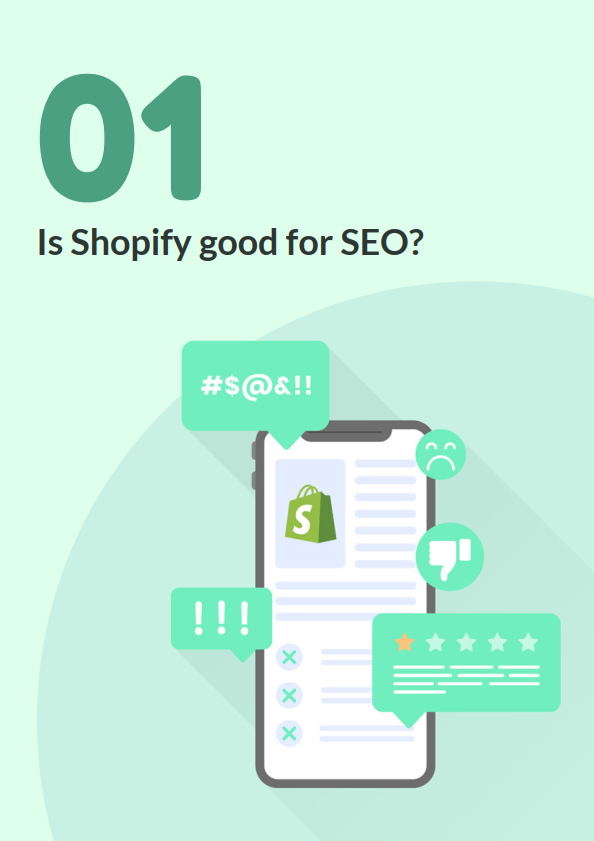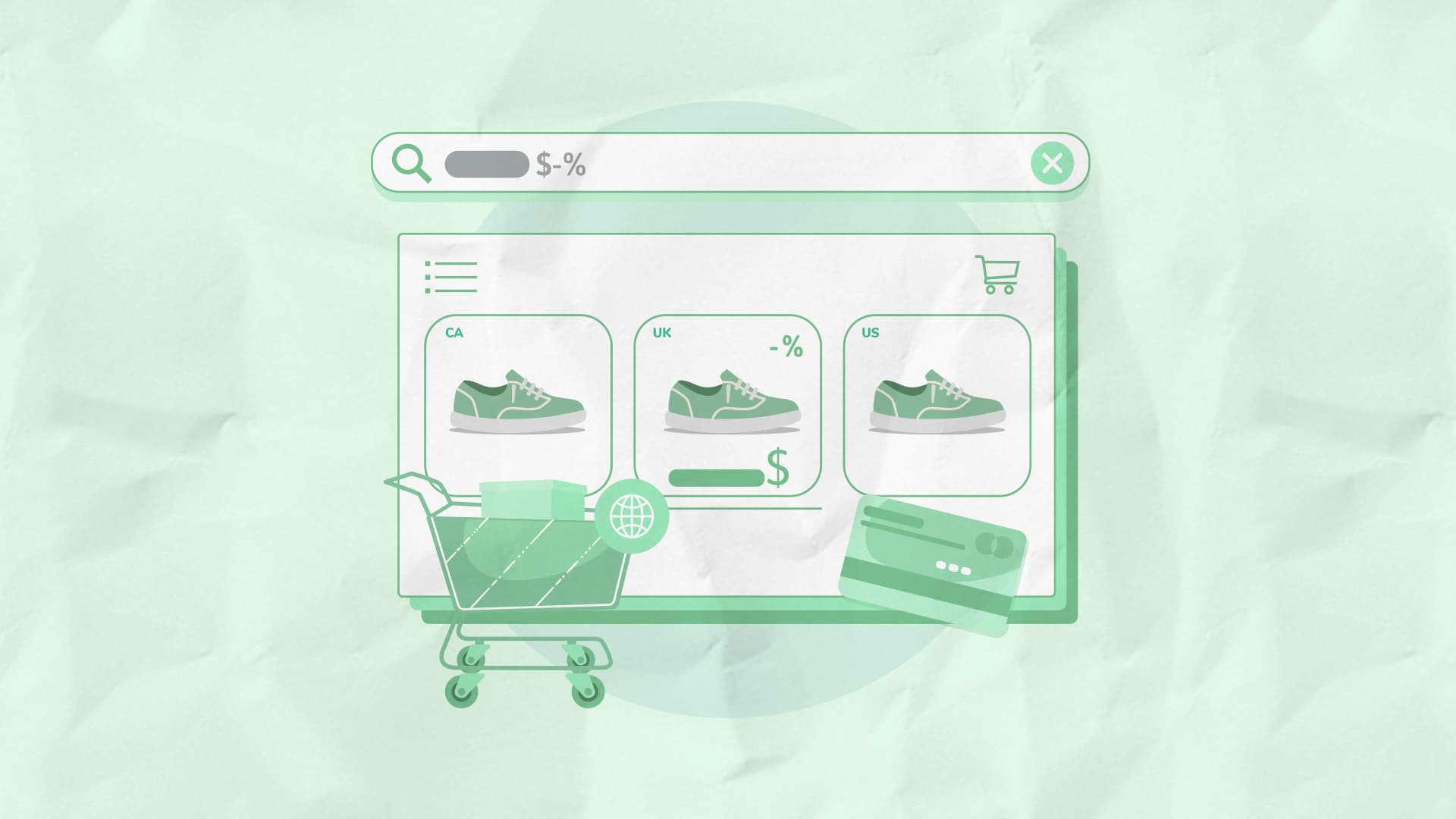Shopify SEO Basics
Like with any website, Shopify SEO begins with the fundamentals before you can dive into the technical aspects and strategy. These pre-steps are Google Analytics setup, Google Search Console setup, and a fast responsive theme.
Beyond that, many of the basic SEO features are built-in to Shopify:
- Title Tag customisation
- Meta Description customisation
- Default Robots.txt and editing capabilities
- Automated XML Sitemap
- Fast, reliable hosting with a CDN
- Blogging platform
- Schema is usually integrated into most themes
But as you may have heard, there are a number of downsides too:
- No control over URL structure
- Automated tag pages
- Automated vendor, type, and default collection pages
- No server log file access
- Product variant limits
- No true multi-store functionality
All of these downsides are manageable, we'll cover how to resolve most of these throughout this playbook, but they're worth considering and understanding.
































